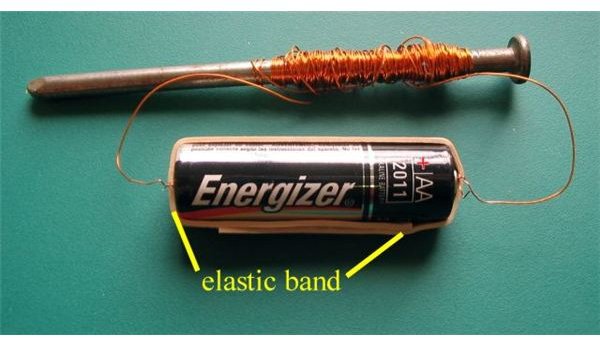What is Electromagnetism? Find Out About Controlled Magnetic Force as Well as Instructions on Home Made Magnets
Magnetism
During our childhood, we have been fascinated with an earthy rock material that can attract metals and repel each other depending on polarity. These materials are called magnets which naturally has magnetic fields. Some permanent magnets can be found to occur naturally in rocks such as “Iodestone”. However, some material can also be magnetized when exposed to magnetic fields of naturally occurring magnets. Magnetism is the property of a material that attracts metal, which practically is the only material that undergoes attraction towards a magnetic object.
Electromagnetism
Even though we can find natural magnets in the environment, we are not able to control its magnetic fields for practical uses. Hence, the discovery of electromagnets has lead to a set of good industrial uses especially in the field of heavy industry operations.
Short History
In the year 1820, Hans Oersted who hails from Denmark discovered that a compass which mainly relies on the magnetic North Pole of the Earth can actually be deflected if a wire which carries an electric current is put beside it. However, when the electric current stops traveling through the wire, the pin of the compass will return back to its original resting position. This gave him the conclusion that it is possible to produce an artificial magnet by letting electric current flow through a piece of metal wire. Since we can easily control the flow of electric current in a wire by having a switch, then we can turn on and off the magnetic property of the material and use it for practical purposes.
Home Made Magnets
You can actually create your own electromagnet device right in your home. You will only need a copper wire, battery and a piece of metal (iron).
- Wrap around the copper wire into the piece of iron.
- Connect one end of the wire to the positive terminal of the battery.
- Connect the other end of the wire to the negative terminal of the battery.
- If you have a switch, you may have it installed in any of the ends of the copper wire before it reaches to any of the terminals (positive or negative) of the power source.
- Done
What you have just created is called a “solenoid”. Apparently, the more number of coils that you have in the iron, the stronger the magnetic field it can produce. Also, the power of the battery has an effect on the magnetic force of the artificial magnet.
As a final discussion, let us go back to the wonders of the car lifting crane. The same concept is applied for most industrial operations when it comes to electromagnets. There are companies which manufacture large scale devices for day to day uses. The crane actually has its own version of an artificial magnet which can be turned on and off as the operator wishes. This enables him to transfer a huge piece of metal like a car from one place to another. When he turns the electromagnet switch on, the car is attracted to a large piece of magnetized metal at the tip of the crane thus attaching itself to it firmly. When the operator turns the electromagnet off, the car is dropped to the ground.
Images
Picture Credit from
https://www.hilaroad.com/camp/projects/electromagnetism/electromagnet_battery.jpg
